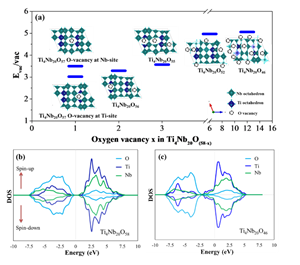Consisting of Professor Zheng Shiyou and three young teachers Yuan Tao, Pang Yupeng and Xia Shuixin, USST’s School of Materials’ New Energy Materials Team, which is mainly focused on key materials for new types of energy storage batteries, has long maintained good cooperative relations with domestic and international research institutes. The team, which has kept technical exchanges and scientific research cooperation with Nanyang Technological University in Singapore, Kyushu University in Japan, Georgia Institute of Technology and University of Maryland in the United States, as well as Fudan University, Zhejiang University and Shanghai Jiao Tong University in China in 2020, has achieved many innovative results, made great advances, and published quite a few high-level academic papers in domestic and international journals together.

For example, in the research of high-capacity lithium metal cathode, the team collaborated with Prof. Yizhong Huang of Nanyang Technological University to propose a new simplified strategy for the preparation of stable lithium metal cathode, which can effectively inhibit the growth of lithium dendrites by constructing a uniform and flexible coating on the surface of lithium metal, and develop a lithium metal battery with high specific capacity and long cycle stability. The results are published in Advanced Functional Materials (IF: 16.836) and Small (IF: 11.459) respectively.
In collaboration with Prof. Sun Dalin’s group from Fudan University, the team has constructed a composite electrode material system with excellent storage performance for sodium and potassium ions based on spatially limited domains and multiphase coupling, and has published relevant research results in several journals including Advanced Energy Materials (IF: 25.245), American Chemical Society Nano (ACS Nano) (IF:14.588), and Chemical Engineering Journal (IF: 10.652).

In particular, Associate Professor Yuan Tao, a young teacher of the team, supported by USST’s “Ride the Wind Program”, went to exchange with the Georgia Institute of Technology in the U.S. Although greatly affected by the epidemic, the team combined foreign resources and complemented each other’s strengths to carry out forward-looking research, and achieved very good scientific results in the research of key materials for sodium and potassium ions batteries. Relevant papers have been published in the top journals in the field of materials such as Materials Today (IF: 26.416) and Advanced Functional Materials (IF: 16.836).

 Home
·
News & Events
·
Content
Home
·
News & Events
·
Content

